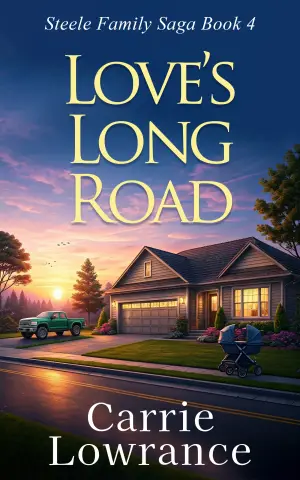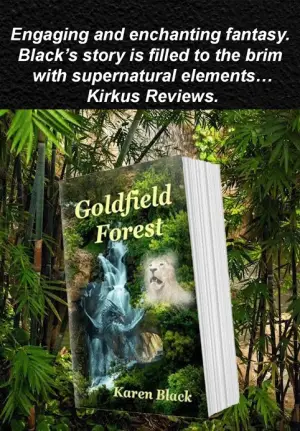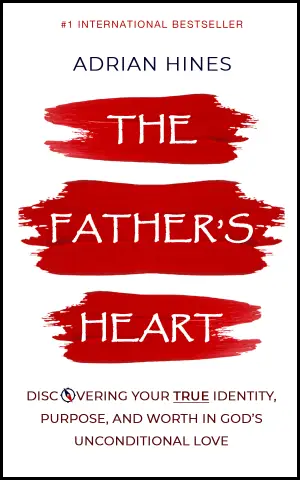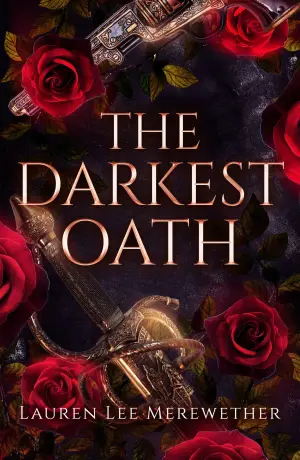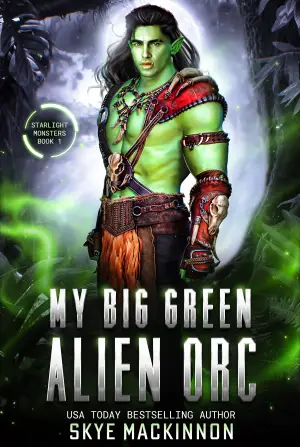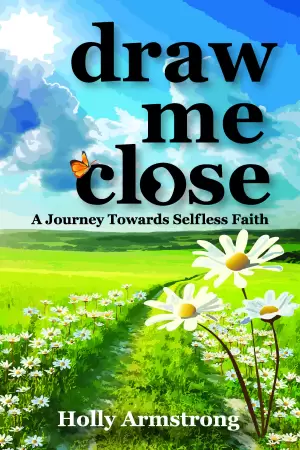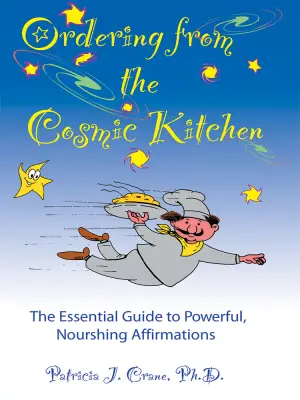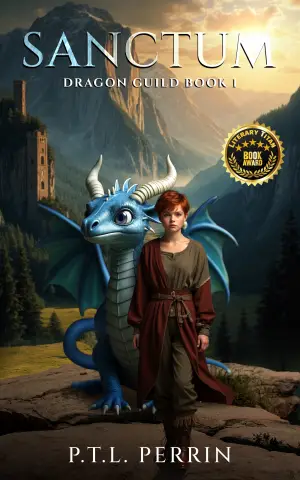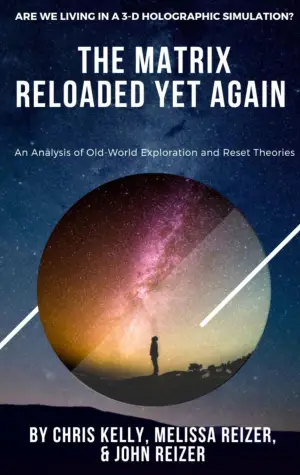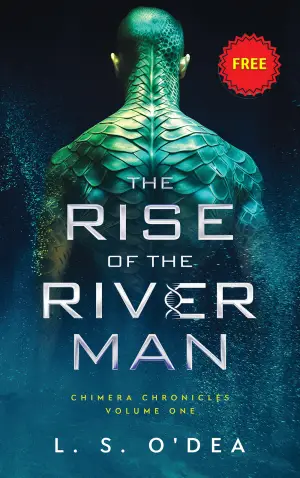A Heartfelt Journey Through Grief: A Review of After Annie by Anna Quindlen
There’s something profoundly moving about stories that delve into the intricacies of loss, and Anna Quindlen has a remarkable way of illuminating those somber corridors of the human experience. When I first heard about After Annie, I was captivated—not just by its exploration of grief, but also by the promise of deeply relatable characters grappling with the realities of life after losing someone they love. Having already been a fan of Quindlen’s perceptive storytelling, I eagerly anticipated diving into this emotionally rich narrative.
At its core, After Annie tells the story of Anne “Annie” Fonzheimer Brown, who leaves behind her family and best friend after her sudden death. The rawness of grief is palpable as we follow her husband, Bill, and their four children—thirteen-year-old Alexandra “Ali,” eleven-year-old Anthony “Ant,” eight-year-old Benjamin “Benjy,” and six-year-old James “Jamie”—as they navigate the world without her. My heart ached for them, especially as Ali took it upon herself to become the cornerstone of her family, displaying a maturity that felt both heroic and heartbreaking.
One of the things I appreciated most about this novel is Quindlen’s ability to capture grief in its many forms. The quote, “Grief was like spring, maybe. You thought you were getting out from under it and then it came roaring back,” struck a deep chord within me. It served as a poignant reminder of how our emotions can cyclically ebb and flow, reminding us of the love we’ve lost even in moments of forced progress. The slow-paced narrative, segmented by the seasons, allowed me to feel as if I was walking alongside these characters, witnessing their small victories and profound setbacks throughout the year.
Quindlen’s prose is elegant yet simple, a stylistic choice that conveys the raw emotional weight of her characters’ experiences without overwhelming the reader. The characters themselves are beautifully rendered; I found myself empathizing with every character’s struggle. Annie’s lifelong friend, Annemarie, grapples with her own demons in the absence of her support system, showcasing how grief can sometimes drag us deeper into our own struggles. The supporting characters play pivotal roles, each adding layers to the story and demonstrating that while loss can isolate us, it can also bring people together in unexpected ways.
After Annie is not merely a tale of mourning; it’s a testament to the resilience of family and the enduring power of memories. The way Quindlen navigates the paths of remembrance and moving forward is inspiring. She encapsulates the complexities of human emotions—how intricately tangled they can be when layered with love, regret, and hope.
I wholeheartedly recommend After Annie for readers who appreciate deeply character-driven stories, especially those who have encountered loss in their own lives. Quindlen’s exploration of grief resonates with a tender truth that invites reflection and understanding. This book has lingered in my thoughts long after I turned the last page, pushing me to contemplate the way we carry our loved ones with us, even when they are no longer physically present.
In the grand tapestry of literature about loss, Quindlen has woven a narrative that is both uniquely her own and universally relevant. If you’re seeking a story that balances sorrow with the promise of emotional resilience, After Annie is a must-read.
Many thanks to Random House Publishing Group – Random House for the digital review copy via NetGalley. All opinions expressed in this review are my own. This novel was published on February 27, 2024.
Let’s connect! ✏ Instagram ✏ My Blog ✏ The StoryGraph

